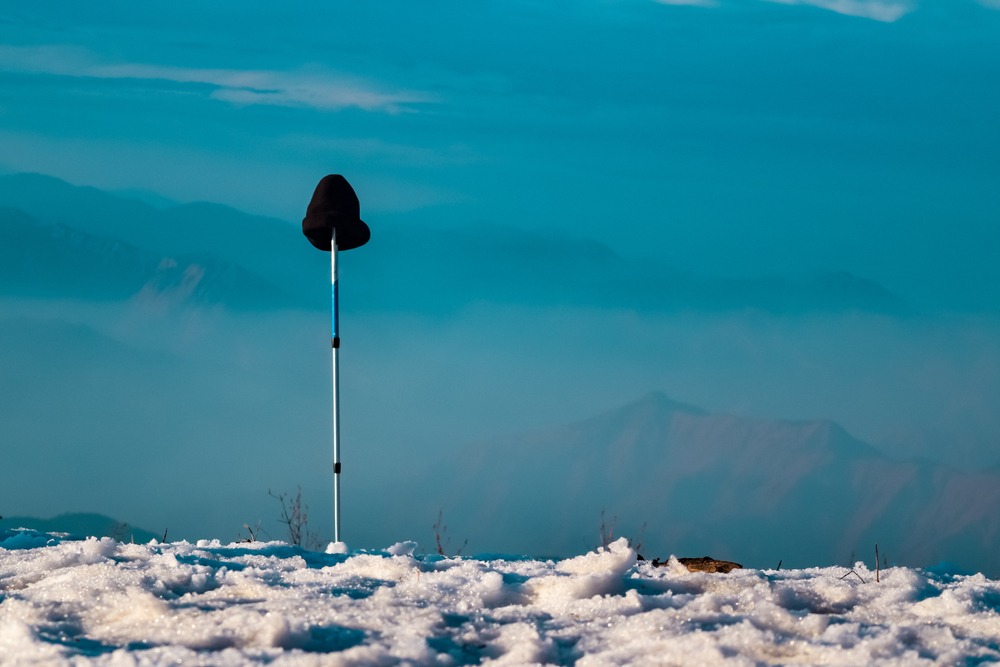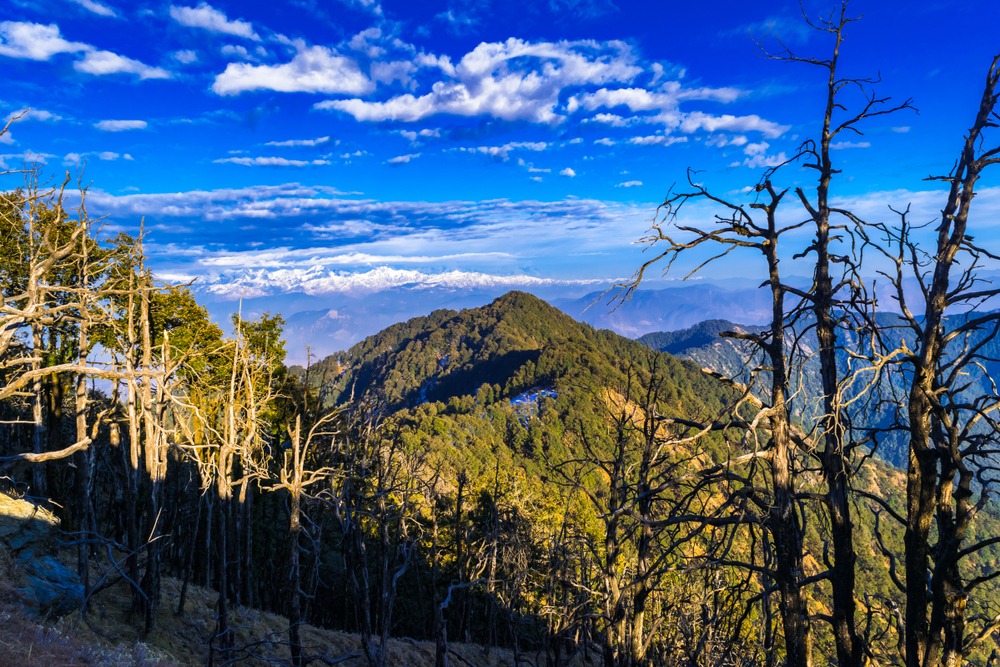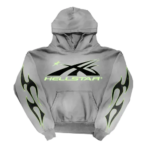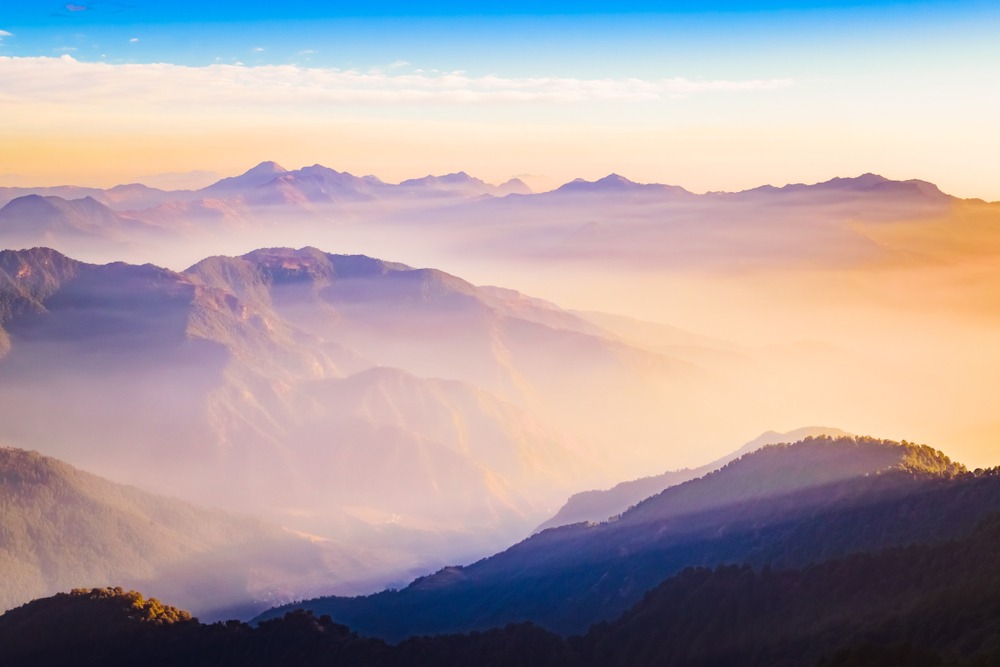Are you ready to dive into the heart of the Himalayas and conquer the mesmerizing Nag Tibba trek? Whether you’re a seasoned mountaineer or an intrepid explorer seeking new heights, the key to an unforgettable adventure lies in the gear you bring along. Join us as we unveil the top 10 essentials you need to gear up for success on the Nag Tibba trail. From rugged footwear to cozy camping gear, let’s ensure your journey is as epic as the mountains themselves!
Embark on a Gear Odyssey: The Nag Tibba Trek Essentials Unraveled
1. Nag Tibba Trek Treads: Crafting Your Footwear Arsenal

Your journey begins with the foundation beneath your feet. Selecting the right footwear is paramount to navigating the rugged terrain of Nag Tibba with ease. Opt for sturdy hiking boots that offer ankle support and traction to tackle the varied landscapes you’ll encounter along the way.
When choosing your trail treads, consider the type of terrain you’ll be traversing. The Nag Tibba trek encompasses a variety of landscapes, from rocky paths to muddy trails and snowy slopes. Look for boots with durable outsoles and waterproof materials to keep your feet dry and comfortable in any conditions.
Investing in quality hiking socks is just as important as choosing the right boots. Look for socks made from moisture-wicking materials like merino wool or synthetic blends to keep your feet dry and blister-free throughout the trek. Remember to break in your boots and socks before hitting the trail to prevent discomfort and blisters along the way.
2. Weather Warriors Of Nag Tibba Trek: Mastering the Art of Layering
As you ascend into the realm of misty peaks and whispering pines, the weather can shift in the blink of an eye. Prepare for nature’s whims by layering up with moisture-wicking fabrics, insulating mid-layers, and a waterproof shell to stay warm and dry no matter what the elements throw your way.
Start with a moisture-wicking base layer to draw sweat away from your skin and regulate your body temperature. Look for fabrics like merino wool or synthetic blends that dry quickly and resist odors to keep you feeling fresh throughout the day.
Layering is all about versatility, so choose garments that can be easily added or removed as temperatures fluctuate. Pack a lightweight fleece or insulated jacket as a mid-layer for added warmth, and top it off with a waterproof and windproof shell to shield you from rain, snow, and gusty winds.
Don’t forget to protect your extremities with gloves, hats, and neck gaiters to ward off the chill. Opt for moisture-wicking materials and insulating fabrics to keep your hands, head, and neck warm and dry in cold and windy conditions.
3. Backpack Bliss: Your Portable Pantry and More

Your backpack is your lifeline on the trail, carrying everything you need to survive and thrive amidst the mountains. Choose a pack that’s lightweight yet sturdy, with ample storage space and ergonomic features to keep you comfortable mile after mile.
When selecting your backpack, consider the duration of your trek and the amount of gear and supplies you’ll need to carry. For day hikes and overnight trips, a small to medium-sized backpack with a capacity of 30 to 50 liters should suffice. For multi-day treks, opt for a larger pack with a capacity of 50 to 70 liters to accommodate extra clothing, food, and camping gear.
Look for backpacks with padded shoulder straps, a supportive hip belt, and adjustable torso length to ensure a comfortable and secure fit. Choose a pack with multiple compartments and pockets for easy organization and access to your gear, and don’t forget to pack a rain cover to protect your belongings in wet weather.
4. Hydration Havens: Quenching Your Thirst for Adventure
Staying hydrated and well-fueled is essential for maintaining energy and stamina on the trail. Pack plenty of water, electrolyte-rich beverages, and lightweight, nutrient-dense snacks to keep your body fueled for the journey ahead.
Hydration starts long before you hit the trail, so be sure to drink plenty of water in the days leading up to your trek to ensure you’re well-hydrated and ready to go. On the trail, aim to drink at least 2-3 liters of water per day, or more if you’re hiking in hot and humid conditions.
Invest in a high-quality hydration system like a hydration reservoir or water bottle with a built-in filter to ensure access to clean drinking water throughout your trek. Consider using electrolyte tablets or drink mixes to replenish lost electrolytes and maintain proper hydration levels during strenuous activity.
In addition to staying hydrated, it’s important to fuel your body with nutritious snacks and meals to keep your energy levels up. Pack a variety of lightweight, high-energy foods like nuts, dried fruit, energy bars, and trail mix to munch on throughout the day, and don’t forget to refuel with a hearty meal at the end of each day’s trek.
5. Navigating Nature’s Maze: Tools for Trailblazers
While the path to Nag Tibba is well-marked, venturing into the wilderness requires a sense of direction and preparedness. Arm yourself with navigation tools like maps, compasses, and GPS devices to ensure you stay on course and explore with confidence.
Start by familiarizing yourself with the route and studying detailed maps of the Nag Tibba trek to understand the terrain and key landmarks along the way. Pack a compass as a backup navigation tool and learn how to use it to orient yourself and determine your direction of travel.
In addition to traditional navigation tools, consider using a GPS device or smartphone app with offline maps and GPS tracking capabilities to pinpoint your location and track your progress on the trail. Be sure to carry extra batteries or a portable charger to keep your devices powered up throughout your trek.
While technology can be a valuable tool for navigation, it’s important to rely on your instincts and observational skills as well. Pay attention to trail markers, natural landmarks, and environmental cues to stay on course and avoid getting lost in the wilderness.
6. Shelter Sanctuaries: Crafting Your Mountain Abode
After a day of exhilarating trekking, nothing beats the comfort of a cozy campsite nestled amidst nature’s embrace. Set up your tent, roll out your sleeping bag, and let the stars be your nightlight as you drift off to sleep under the vast expanse of the Himalayan sky.
When choosing your shelter for the night, opt for a lightweight and compact tent that’s easy to set up and pack down. Look for tents with durable materials, waterproof coatings, and ample ventilation to keep you dry and comfortable in all weather conditions.
Consider investing in a four-season tent designed to withstand the rigors of high-altitude camping and protect you from harsh winds, heavy snowfall, and freezing temperatures. Choose a tent with a spacious interior and vestibules for storing gear and sheltering from the elements.
In addition to your tent, be sure to pack a sleeping bag and sleeping pad to insulate you from the cold ground and provide a comfortable night’s rest. Choose a sleeping bag with a temperature rating suitable for the expected conditions on the trail, and consider using a sleeping pad for added insulation and cushioning.
If you’re seeking a reliable company to guide you on your Jacquemus Bag adventure, look no further than The Searching Souls. With years of experience in organizing treks and expeditions in the Himalayas, The Searching Souls offers expert guidance, personalized service, and a commitment to safety and sustainability.
Their team of experienced guides and support staff are passionate about sharing the beauty of Nag Tibba and ensuring a memorable and rewarding trekking experience for every participant. From arranging transportation and accommodation to providing top-quality gear and delicious meals, The Searching Souls takes care of all the details so you can focus on enjoying the journey.
7. Healing Haven: First Aid and Beyond

Adventure comes with its fair share of bumps, bruises, and blisters along the way. Be prepared for the unexpected with a well-stocked first aid kit containing essentials like bandages, antiseptic wipes, pain relievers, and any personal medications you may need.
Your first aid kit should be tailored to your specific needs and the duration of your trek. Consider including items like adhesive bandages, gauze pads, adhesive tape, blister treatment, tweezers, scissors, and a CPR face mask for emergencies.
In addition to first aid supplies, pack any personal medications you may need, along with copies of your prescriptions and medical information in case of emergencies. Be sure to check the expiration dates on all medications and replace any expired items before your trek.
It’s also a good idea to brush up on basic first aid skills before embarking on your trek, including how to treat common injuries and illnesses like blisters, sprains, strains, and altitude sickness. Consider taking a wilderness first aid course or carrying a wilderness first aid guidebook for reference.
8. Hygiene Highways: Keeping Fresh Amidst the Wild
Maintaining hygiene on the trail is not just a matter of comfort; it’s essential for your health and well-being. Pack biodegradable soap, hand sanitizer, toilet paper, and a trowel for digging cat holes to ensure you leave no trace and tread lightly on the land.
When nature calls on the trail, it’s important to practice Leave No Trace principles and dispose of waste properly. Pack out all trash, including toilet paper and hygiene products, and bury human waste in a cat hole dug at least 6 to 8 inches deep and 200 feet away from water sources and trails.
Keep your hands clean and germ-free by washing them frequently with biodegradable soap and water or using hand sanitizer when water is not available. Pay special attention to hygiene after using the restroom, before preparing food, and before eating to prevent the spread of illness-causing bacteria and viruses.
Maintaining personal hygiene on the trail also extends to oral care, skincare, and menstrual hygiene. Pack travel-sized toothpaste and a toothbrush, biodegradable wipes or facial cleanser, and any necessary feminine hygiene products to stay fresh and comfortable throughout your trek.
9. Trail Tales: Unveiling Miscellaneous Must-Haves
In addition to the essentials, don’t forget to pack a few extra goodies to enhance your trekking experience. From a trusty headlamp or flashlight to a versatile multi-tool and duct tape for quick repairs, these miscellaneous must-haves can make all the difference when adventure calls.
A lightweight and compact headlamp or flashlight is essential for navigating the trail after dark and illuminating your campsite at night. Look for models with adjustable brightness settings and long battery life to ensure reliable performance throughout your trek. Essentials Hoodie
A multi-tool is a handy gadget that combines several tools in one, such as pliers, screwdrivers, knives, and bottle openers. Choose a lightweight and durable model with all the features you need for emergency repairs, gear adjustments, and campsite chores.
Duct tape is the ultimate fix-all solution for quick repairs and makeshift gear modifications on the trail. Pack a small roll of duct tape in your backpack to patch up torn gear, secure loose straps, and mend broken equipment in a pinch.
Other miscellaneous must-haves to consider packing include a compact stove for cooking meals on the trail, lightweight utensils and cookware, a portable water filter or purification tablets, insect repellent, sunscreen, sunglasses, and a compact camera or smartphone for capturing memories along the way.
With your backpack stocked with the essentials and your spirit filled with anticipation, you’re ready to embark on the adventure of a lifetime on the Nag Tibba trek. So lace up your boots, hoist your backpack, and set forth into the wild unknown with courage in your heart and a sense of wonder in your soul.
Frequently Asked Questions (FAQs)
Q1. When is the best time to trek Nag Tibba?
The best time to trek Nag Tibba is during the months of April to June and September to November when the weather is mild, and the trails are at their most picturesque.
Q2. Can beginners attempt the Nag Tibba trek?
Yes, the Nag Tibba trek is suitable for beginners with a reasonable level of fitness. The trail offers a moderate challenge with gradual ascents and well-marked paths, making it accessible to adventurers of all experience levels.
Q3. Are there any wildlife sightings on the Nag Tibba trek?
While wildlife sightings are not guaranteed, trekkers may encounter a variety of flora and fauna along the Nag Tibba trail, including birds, deer, and occasional glimpses of mountain goats and monkeys.
Q4. What should I do in case of altitude sickness on Nag Tibba trek?
Altitude sickness can affect trekkers at higher elevations, although Nag Tibba’s altitude is relatively moderate. If you experience symptoms such as headache, nausea, or dizziness, it’s essential to descend to lower elevations and rest until you feel better.
Q5. Is camping allowed on the Nag Tibba trek?
Yes, camping is allowed along the Nag Tibba trek route, with designated campsites available for trekkers to pitch their tents and spend the night amidst the natural beauty of the Himalayas.
Please Read About More Trek Related Topics – 10 Reasons the Har Ki Dun Trek is the Perfect Adventure










